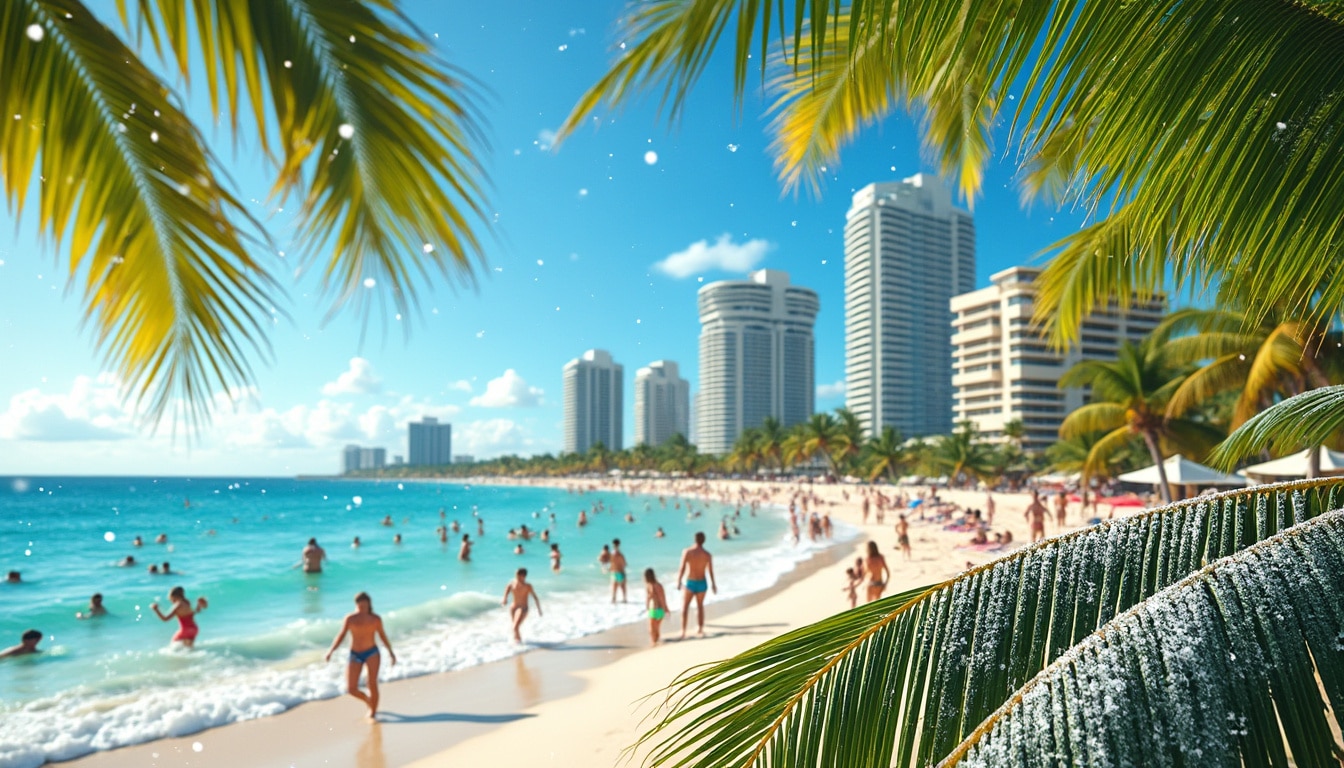Fort Lauderdale, known for its beautiful beaches and sun-soaked landscapes, might not be the first place people associate with snow. With weather patterns changing globally, it’s natural to wonder whether temperatures in this tropical paradise ever drop low enough for snow. This exploration into Fort Lauderdale’s climate not only unravels the unlikely chances of snowfall but also highlights what makes this Florida city a uniquely attractive destination all year round.
The Climate of Fort Lauderdale: Sun, Sea, and Sand
Fort Lauderdale, located on the southeastern coast of Florida, is known for its warm and sunny climate — a perfect backdrop for holidaymakers and sun-seekers alike. The city experiences a tropical rainforest climate, characterized by hot, humid summers and mild, dry winters. On average, Fort Lauderdale enjoys around 3,000 hours of sunshine each year — that’s about 246 sunny days annually. This abundance of sunshine is why Fort Lauderdale is often referred to as the “Venice of America,” boasting an intricate canal system and miles of pristine beaches.
The typical temperature ranges between 60°F (15.5°C) and 90°F (32.2°C) throughout the year, making it an ideal location for those escaping harsh winter conditions elsewhere. Precipitation in Fort Lauderdale largely comes in the form of rain rather than snow, with the wettest period being from May to October. During this time, the city can receive rainfall up to 62 inches (157 cm) annually, often in the form of brief afternoon showers or thunderstorms.
While The Weather Channel and Weather.com often make headlines for predicting extreme weather events, snow rarely features in the forecast for Fort Lauderdale. According to data from the National Weather Service, the city has a history of seeing temperatures dip, but not sufficiently to result in snowfall. In fact, the city averages 0 inches of snow per year, a testament to its perpetually warm climate.
| Month | Average High (°F) | Average Low (°F) | Average Precipitation (inches) |
|---|---|---|---|
| January | 75 | 59 | 2.48 |
| July | 90 | 75 | 6.45 |
The city’s tropical climate draws in not just tourists, but also a variety of weather specialists and enthusiasts eager to study and enjoy its unique weather patterns. For those who fancy a glimpse into Florida’s wintry possibilities, Snowfall Map and Precipitation Totals can be explored through AccuWeather and Climacell data, revealing how temperature fluctuations impact local conditions differently than in colder regions.
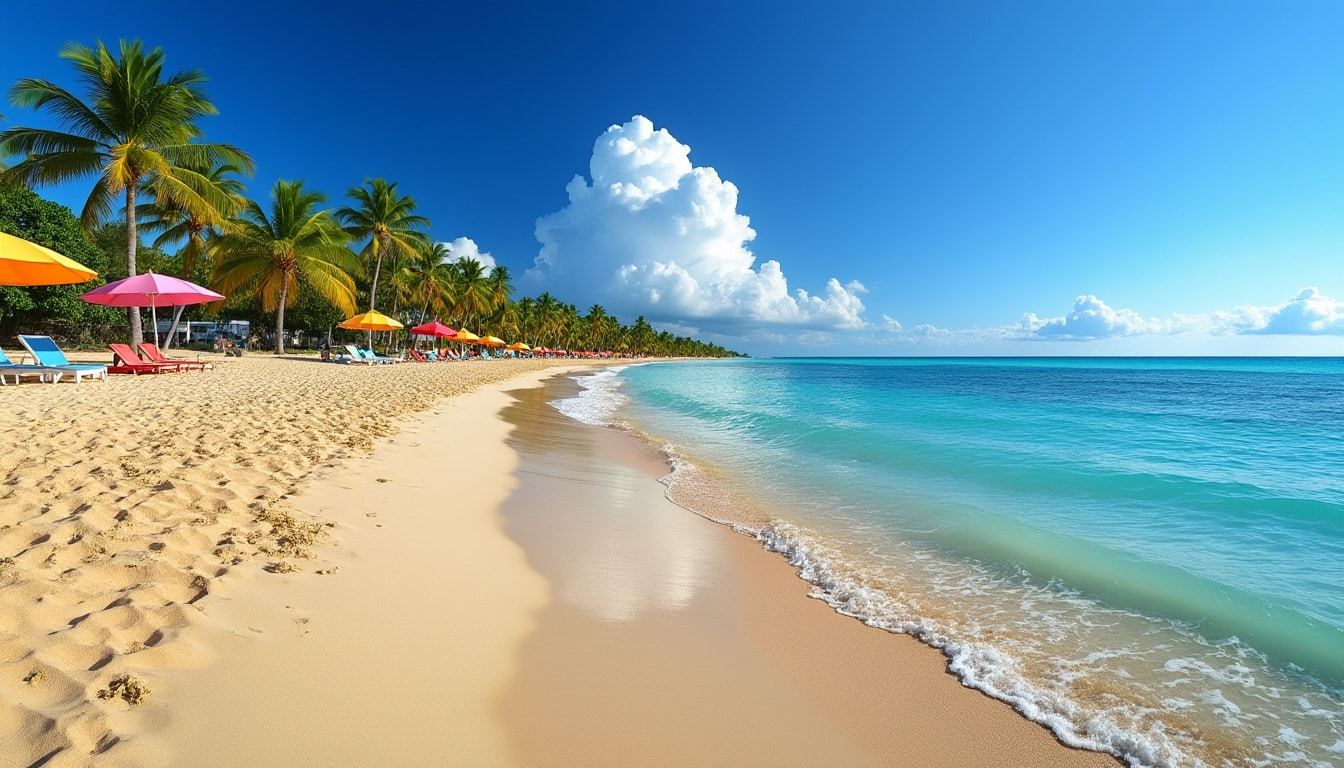
Exploring Temperature Extremes: Can It Ever Snow?
Despite its reputation for consistent warmth, Fort Lauderdale has experienced fleeting moments of cold weather. On rare occasions, cold fronts push down the Florida peninsula, bringing chilly conditions to even the warmest locales. For example, in January 2010, temperatures dropped significantly across Florida, although only dew and frost emerged instead of snowflakes.
But what causes these cold fronts? They usually result from polar air masses moving south, driven by jet streams. However, while such phenomena can lower temperatures, they rarely dip below the 60s Fahrenheit in Fort Lauderdale.
If we examine historical weather data from NOAA, the coldest temperature ever recorded in Fort Lauderdale was 27°F (-2.8°C) on December 24, 1989. Despite such chills, snowfall was reported only in Pensacola, Florida, proving how conditions vary even within the same state.
- 🌨️ Cold fronts: Primarily cause drops in temperature but rarely snow in southern Florida
- 🌤️ Coastal breezes: Moderate effects of any cold air, keeping conditions milder
- 🧊 Frost vs. Snow: More likely to encounter frost rather than snow in such climates
Most weather data from Weather Underground and MeteoGroup suggest that even future shifts in climate patterns are unlikely to turn Fort Lauderdale into a snowy escape. Instead, residents and visitors can continue to enjoy its warm winters, perfect for outdoor activities and festive celebrations without the need for snow boots or shovels.
Cold Weather Precautions: Preparing for a Chill
Even without snow, Fort Lauderdale experiences cooler periods that require adjustments both in daily life and travel plans. Winter in Fort Lauderdale, though mild, can surprise those accustomed to warmer tropical climates. The temperatures can drop to the lower 40s during cold spells, prompting residents to twin their beachwear with snug sweaters.
Visitors from colder regions may find these fluctuations negligible compared to their hometown conditions. Nonetheless, it’s wise for travelers to anticipate some level of call from Jack Frost. Here’s how locals and tourists alike can navigate the occasional cold snap in Fort Lauderdale:
- 🧥 Dress in layers to adapt to variable temperatures throughout the day.
- 🥤 Keep hydrated as cold air can be surprisingly dry.
- 🚶♀️ Start outdoor activities later in the morning to avoid the chill of dawn.
- 🏠 Make sure accommodations have proper heating, especially for overnights.
- 📺 Stay informed with real-time updates from services like WeatherBug and the National Weather Service for temperature changes.
While snow isn’t a concern according to forecasts even with Climacell and AccuWeather, being equipped for cooler intervals ensures comfort while enjoying the region’s attractions. Knowing how to maximize one’s experience regardless of temperature changes is key to appreciating what Fort Lauderdale offers during winter months.
Embracing Fort Lauderdale’s Winter Activities
Winter in Fort Lauderdale, despite its lack of snow, presents an array of activities for visitors and locals. Ranging from art festivals to boating excursions, there are endless entertainment options to suit every interest.
With temperatures gently cooling, the city’s beaches remain inviting for sunbathing and water sports. Activities like snorkeling and sailing continue year-round, though participants might don wetsuits for added warmth. Cruises along Fort Lauderdale’s iconic waterways provide an excellent opportunity to explore without the summer crowds.
Additionally, the winter season heralds several events worth catching:
- 🎨 Las Olas Art Fair: Displays works from artists across the country, setting the city aglow with creative flair.
- 🎭 Fort Lauderdale International Film Festival: Attracts filmmakers and cinephiles from all over to experience world-class cinema in a picturesque setting.
- ⛵ Winterfest Boat Parade: A local favorite, exhibiting a dazzling procession of decorated vessels along the Intracoastal Waterway.
Each event becomes more special with the mild weather providing a comfortable climate for outdoor celebrations. Critics, tourists, and residents find Fort Lauderdale to be an exciting destination during the “off-season.”
These dynamic events are showcased with regular updates and insights via platforms like The Weather Channel and WeatherBug. Whether through local initiative or international influence, Fort Lauderdale continually compensates the absence of snow with vibrant cultural scenes and maritime experiences.
Fort Lauderdale vs. Other Snowless Cities
Fort Lauderdale’s claim to no snow sets it apart from cities further north experiencing drastic seasonal shifts. Comparing it with similarly snow-free destinations like Los Angeles and Honolulu reveals what distinguishes their climates and cultural atmospheres.
Los Angeles, though experiencing occasional rainfall, lacks the humidity found in Fort Lauderdale. On the other hand, Honolulu enjoys a consistent tropical climate, yet it’s isolated and farther from mainland attractions.
| City | Average High (°F) | Average Low (°F) | Annual Rainfall (inches) |
|---|---|---|---|
| Fort Lauderdale | 84 | 70 | 63 |
| Los Angeles | 75 | 57 | 15 |
| Honolulu | 87 | 70 | 18 |
These cities thrive without snow, but Fort Lauderdale uniquely pairs its warm climate with a welcoming East Coast charm and vibrant maritime culture rarely found elsewhere. Its strategic positioning along Florida’s Gold Coast makes it a gateway to tropical adventures, blending the best of sunny dispositions with rich oceanic activities.
Collaborations between satellite weather platforms like Weather Underground and National Weather Service further illustrate these differences, offering insights into how communities celebrate their climates uniquely.
FAQ
- Q: Has it ever snowed in Fort Lauderdale?
A: There is no recorded snowfall in Fort Lauderdale, due to its warm tropical climate. - Q: What are the coldest months in Fort Lauderdale?
A: January typically records the coolest temperatures, averaging between 59°F to 75°F. - Q: How should I dress if visiting Fort Lauderdale in winter?
A: Light clothing with warmer layers for evenings and early mornings is recommended to adapt to the mild winter chill.
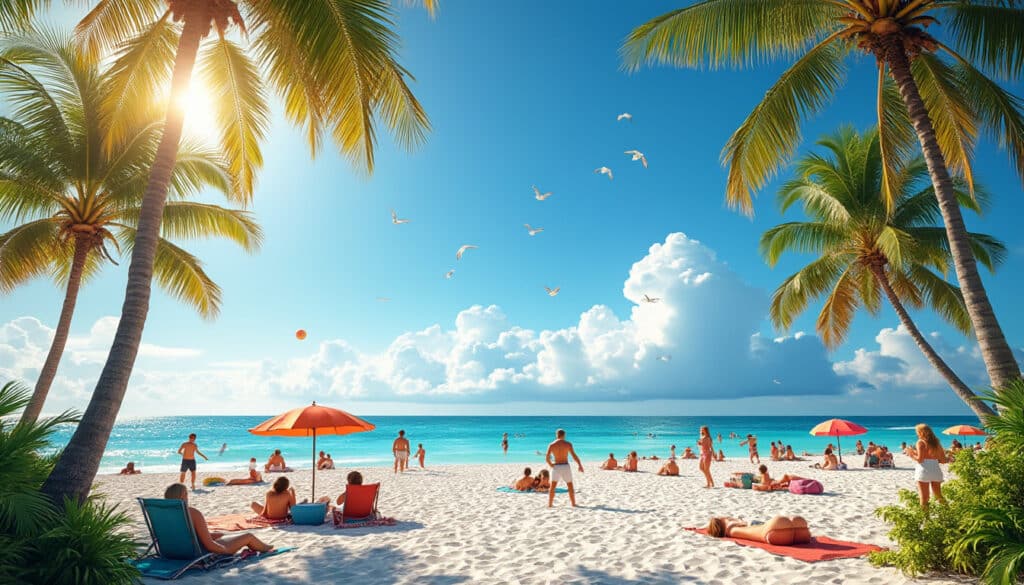
Climate & Weather in Fort Lauderdale
Fort Lauderdale, a gem on Florida’s eastern coastline, boasts a tropical rainforest climate where the sun shines brightly nearly all year round. A favored destination for beach lovers and sun-seekers, this city offers a unique weather experience that enchants visitors…
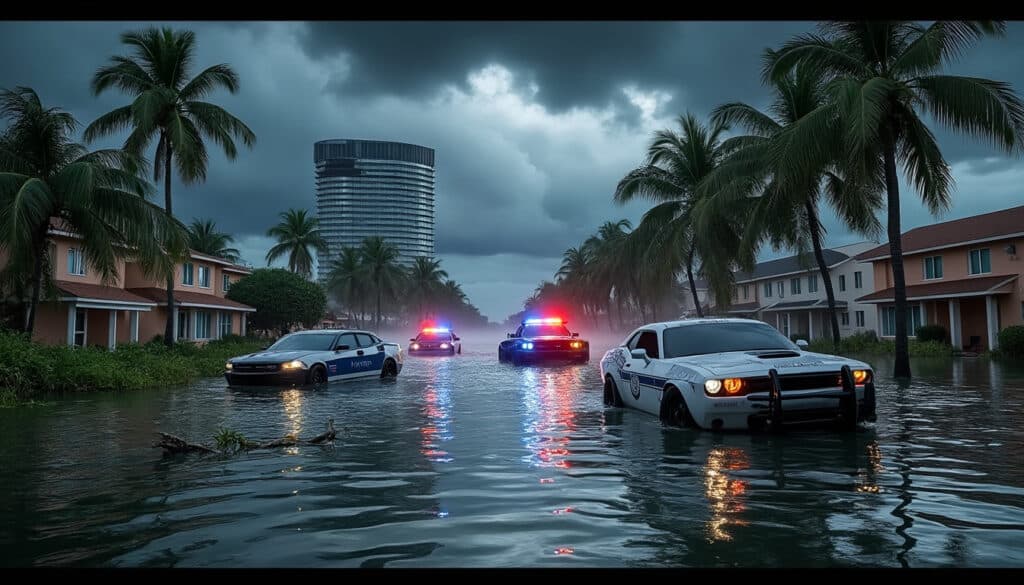
Flooding and natural risks in Fort Lauderdale
Renowned for its sandy beaches and warm, sunny days, Fort Lauderdale is a city that seamlessly blends leisure with nature’s maritime beauty. However, hidden beneath the sun-dappled waves lies a chronic issue that requires meticulous attention: flooding. Due to its…
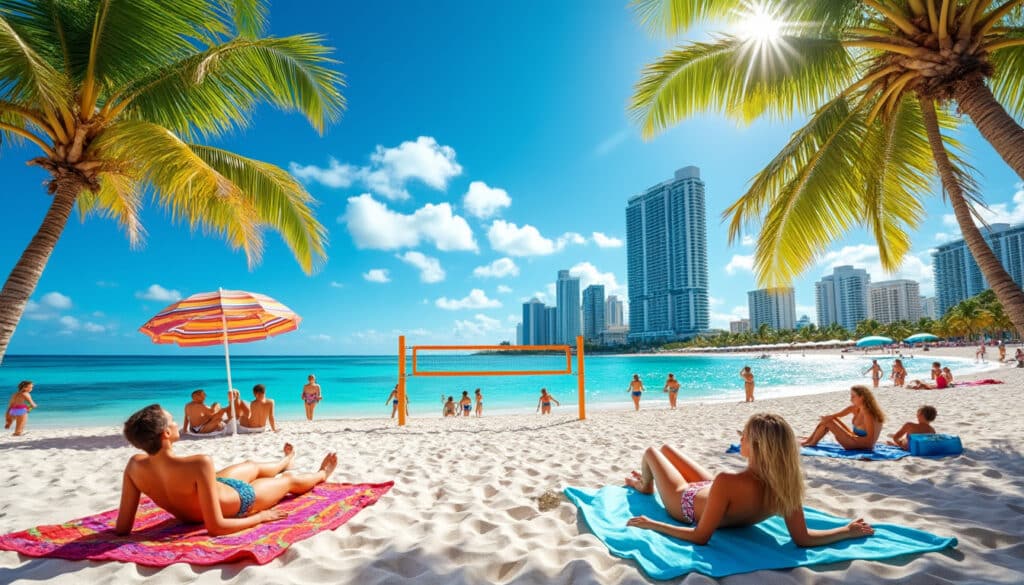
Hot weather in Fort Lauderdale
Fort Lauderdale, with its stunning beaches and vibrant nightlife, is a popular destination for sun-seekers from around the globe. From the bustling Las Olas Boulevard to the tranquil expanses of the Hugh Taylor Birch State Park, there’s plenty to explore…
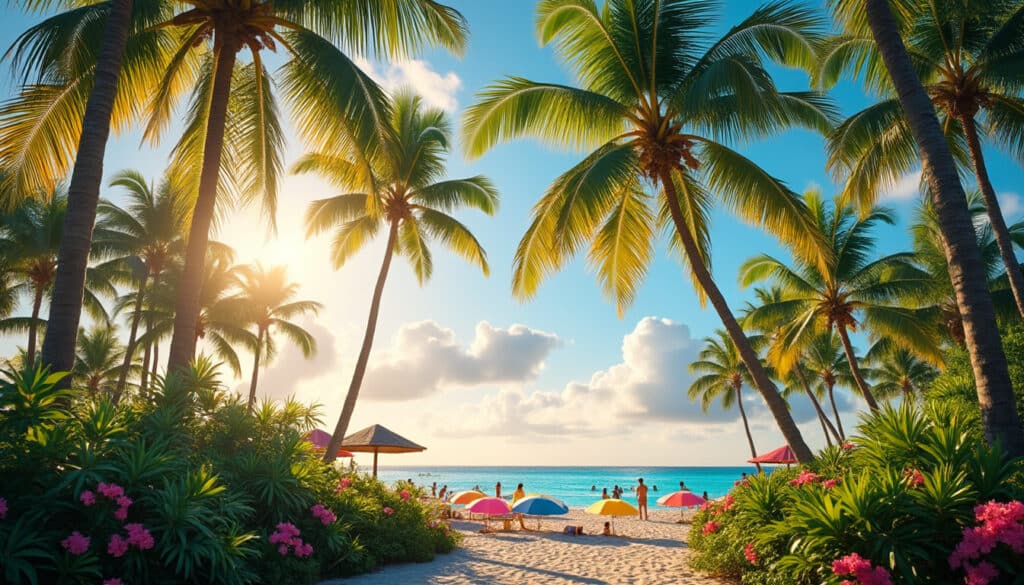
Fort Lauderdale, often celebrated for its stunning beaches and vibrant nightlife, is also known for its distinctive weather patterns, particularly its humidity. As a coastal city, the feeling of humidity plays an essential role in the everyday life of its…
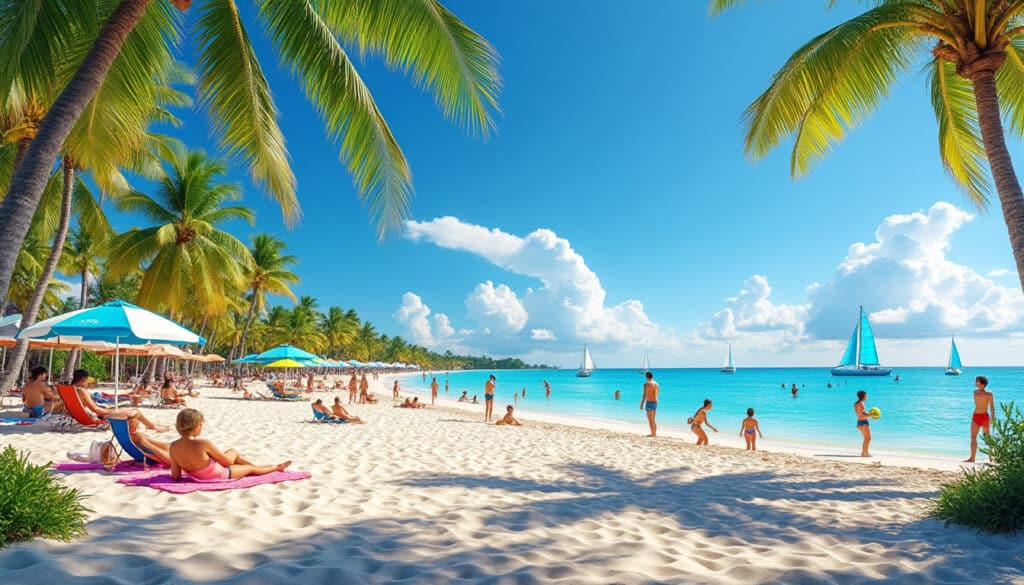
Is Fort Lauderdale warm throughout the year?
Whether basking under the glorious Florida sun or enjoying the gentle ocean breeze, Fort Lauderdale promises a near-constant state of warmth and vacation vibes. This ever-inviting destination, known for its sandy shores and vibrant city life, is more than just…
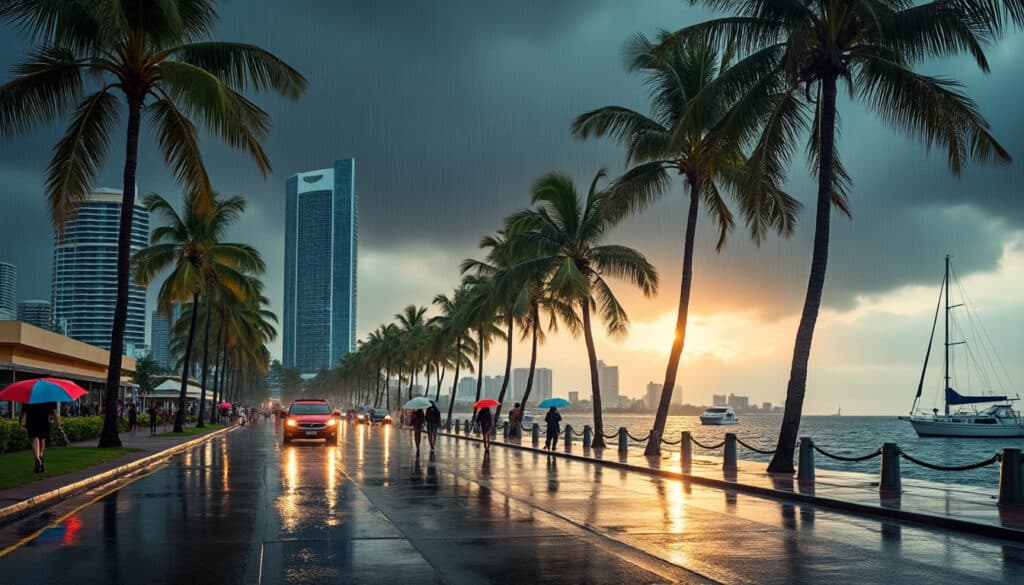
Rain and precipitation in Fort Lauderdale
Exploring the varied and tropical climate of Fort Lauderdale, one might be drawn to its sunshine-drenched beaches and coastal charm. However, rain and precipitation also play a significant role in shaping this vibrant Floridian city’s weather patterns. With a diverse…

Fort Lauderdale is a dream destination where sun, sea, and sand meet vibrant culture and thrilling entertainment. Known for its stunning coastline, this Floridian gem offers endless opportunities for fun and relaxation. But when is the best time to pack…

Sunrise times in Fort Lauderdale
Fort Lauderdale, a coastal gem in Florida, is renowned for its extensive network of sunny beaches and vibrant city life. Among the many draws to this city is the mesmerizing experience of watching the sun rise over the Atlantic Ocean.…
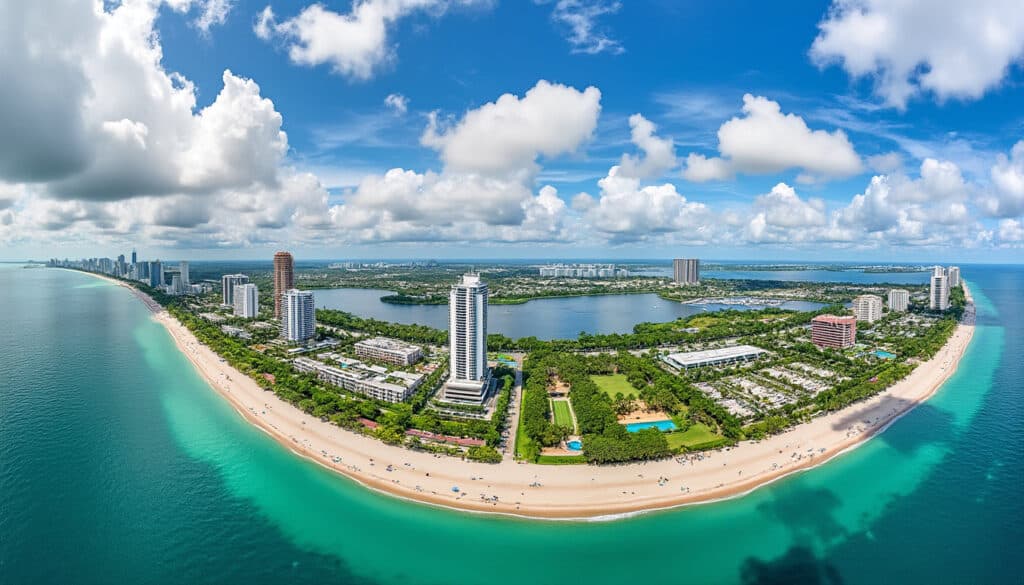
Weather in Fort Lauderdale by month
When planning a trip to Fort Lauderdale, understanding the weather is crucial to ensure that one’s visit is perfectly timed with favorable climate conditions. This vibrant city, nestled along Florida’s southeastern coast, boasts of a typical tropical monsoon climate. Known…
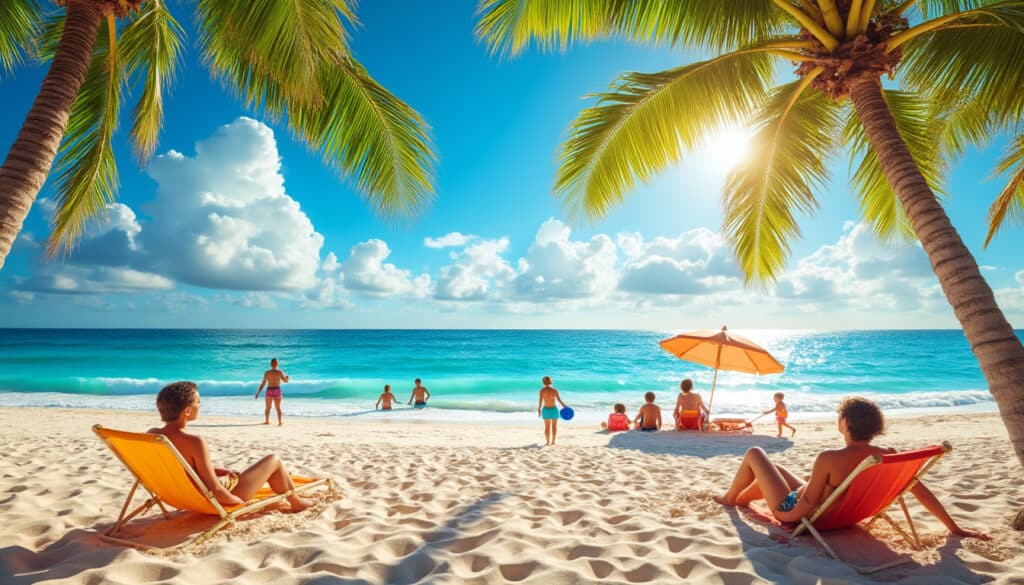
What is the weather like in Fort Lauderdale?
Located on the southeastern coast of Florida, Fort Lauderdale is a region known for its stunning beaches, canals, and vibrant lifestyle. One of its defining characteristics is its weather—a tropical climate that draws tourists and sun-seekers all year round. As…
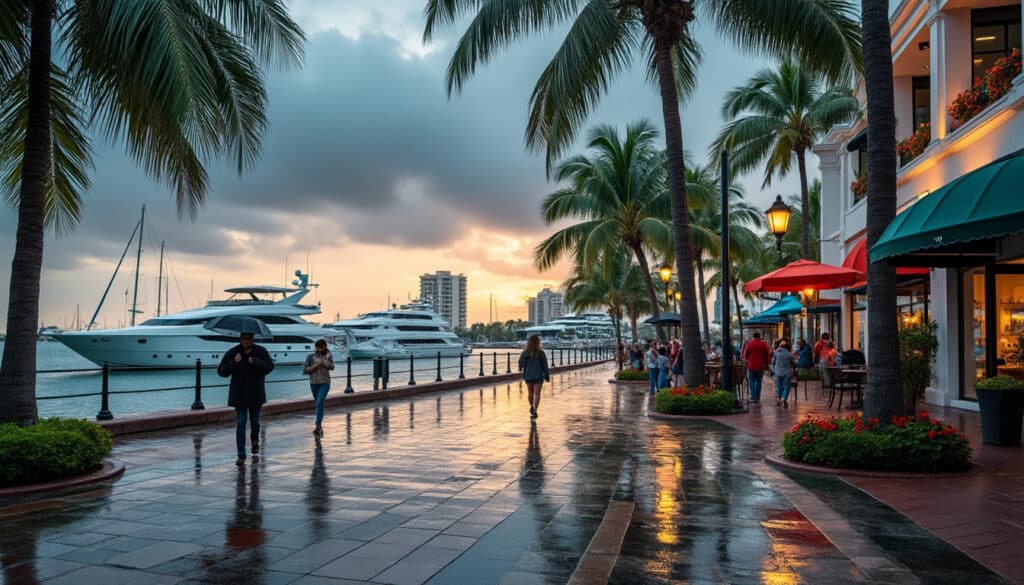
Cold weather in Fort Lauderdale
Fort Lauderdale is often associated with warm, sunny weather and beautiful beaches. However, every now and then, Floridians get to experience a surprising twist: a cold spell. When cold fronts move across Fort Lauderdale, temperatures can dip unexpectedly, making residents…

